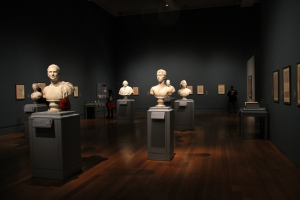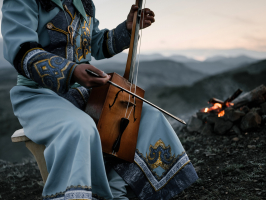Top 10 Definition Essay Examples about History
Step into the corridors of time with our definition essay examples about history. Each essay is a window into the past, unraveling the essence of historical ... read more...concepts from ancient civilizations to modern wars.
-
Essay topic: Ancient Times - Exploring the Past.
Answer:
Ancient times, a vast span of history reaching far into the past, take us on a journey to discover the roots of human civilization. Imagine a time when people lived differently, when ancient cultures laid the groundwork for the societies we know today.
In the ancient world, life was shaped by the rise of early civilizations. These societies, like the Egyptians, Greeks, and Romans, developed unique ways of living. The ancient Egyptians, for example, built grand pyramids and created intricate hieroglyphs, leaving behind a rich legacy of art and architecture.
The Greeks, known for their philosophers and city-states, contributed to the foundations of democracy and the pursuit of knowledge. Meanwhile, the mighty Romans constructed impressive roads, buildings, and an organized system of government that influenced the Western world for centuries.
Technology in ancient times was simpler than what we have today. People used tools crafted from stone, bone, and later, metal. Agriculture played a crucial role, as communities learned to cultivate the land, marking a shift from nomadic lifestyles to settled societies.
Religion was a significant aspect of ancient life. People worshipped various gods and goddesses, attributing natural phenomena to divine forces. Temples, like the Parthenon in Greece, stood as places of reverence and reflection.
Trade routes connected ancient civilizations, facilitating the exchange of goods, ideas, and cultures. The Silk Road, for instance, linked the East and West, allowing for the flow of spices, silk, and knowledge between different regions.
Ancient times weren't without challenges. Empires rose and fell, wars were fought, and societies faced hardships. Yet, the legacies of ancient cultures endure, shaping our understanding of the past and influencing the course of human history.
In conclusion, exploring ancient times offers a glimpse into the foundations of human civilization. From grand monuments to everyday tools, from philosophical ideas to intricate trade networks, the ancient world laid the groundwork for the diverse and interconnected world we live in today.
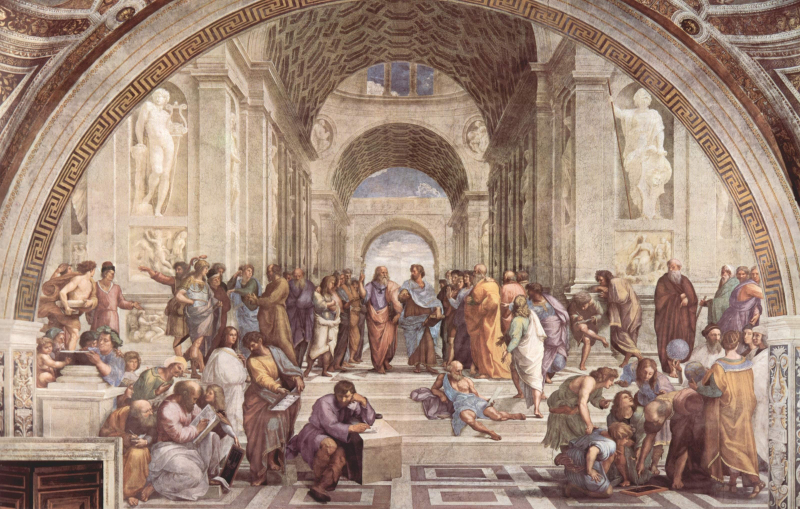
Photo by Pixabay via pexels 
Photo by Pixabay via pexels -
Essay topic: The Renaissance - A Rebirth of Art and Ideas.
Answer:
The Renaissance, a fascinating period in history, marked a rebirth of art, culture, and ideas in Europe. Imagine a time when creativity flourished, and new ways of thinking emerged, transforming the world in profound ways.
The word "Renaissance" means rebirth, and during this era, people experienced a revival of interest in art, literature, and learning. It took place from the 14th to the 17th century and brought about a shift from the medieval mindset to a more enlightened and innovative approach.
Artists during the Renaissance created masterpieces that celebrated the beauty of the human form and the wonders of nature. Think of paintings like Leonardo da Vinci's "Mona Lisa" or Michelangelo's "David." These artworks reflected a newfound appreciation for individual expression and the world around us.
The Renaissance was not just about art; it also sparked a renewed interest in knowledge and ideas. Scholars studied ancient texts, rediscovering the wisdom of the Greeks and Romans. This intellectual revival laid the foundation for the scientific discoveries and philosophical advancements that would follow.
The printing press, a remarkable invention of the time, played a crucial role in spreading ideas. Books became more accessible, allowing knowledge to reach a broader audience. This democratization of information fueled the intellectual fervor of the Renaissance.
The spirit of the Renaissance extended beyond Italy, where it originated, influencing countries across Europe. It inspired a cultural transformation that touched every aspect of life, from the way people thought to how they expressed themselves through art and literature.
In conclusion, the Renaissance was a period of rebirth that breathed new life into art, culture, and ideas. Its impact continues to shape our world today, reminding us of the power of creativity, curiosity, and the enduring human quest for knowledge and beauty.

Photo by cottonbro studio via pexels 
Photo by Alexandros Chatzidimos via pexels -
Essay topic: A Time of Knights and Castles - The Middle Ages.
Answer:
The Middle Ages, a vast stretch of history from the 5th to the 15th century, is often called the medieval period. Imagine a time when mighty knights in shining armor roamed the land, and towering castles dotted the countryside, defining an era of both challenges and chivalry.
During the Middle Ages, life centered around castles, villages, and the feudal system. Kings and queens ruled the land, and knights, brave warriors on horseback, pledged their loyalty to protect and serve. These knights wore armor and carried swords, embodying a code of honor known as chivalry.
Castles, majestic stone structures surrounded by walls and towers, were more than just fortresses. They were homes for nobles and symbols of power. Inside, people lived and worked, and the lord of the castle ruled over the surrounding lands.
Life for common people in villages was often centered around farming and craftsmanship. They worked the land, growing crops and raising animals, contributing to the sustenance of their communities. Villages were vital hubs of activity, where people gathered for markets and social interactions.
Religion played a significant role during the Middle Ages, with churches serving as both places of worship and community gathering. Monks and nuns devoted their lives to prayer and service, contributing to the spiritual fabric of the medieval world.
The Middle Ages were not without challenges. Plagues, such as the Black Death, swept through Europe, causing widespread illness and loss. Yet, even in the face of adversity, the medieval period laid the groundwork for the cultural, economic, and social developments that would follow.
In conclusion, the Middle Ages were a time of knights, castles, and a unique way of life. This era, with its blend of chivalry and challenges, left a lasting imprint on history, shaping the foundations of medieval Europe and laying the groundwork for the changes that would unfold in the centuries to come.
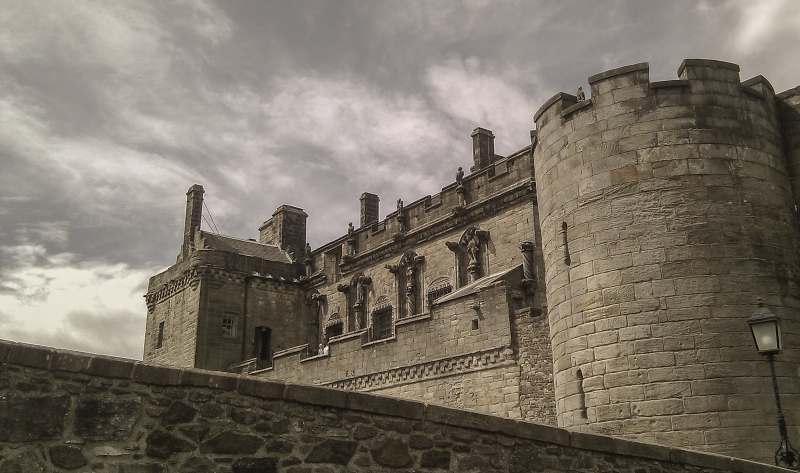
Photo by Pixabay via pexels 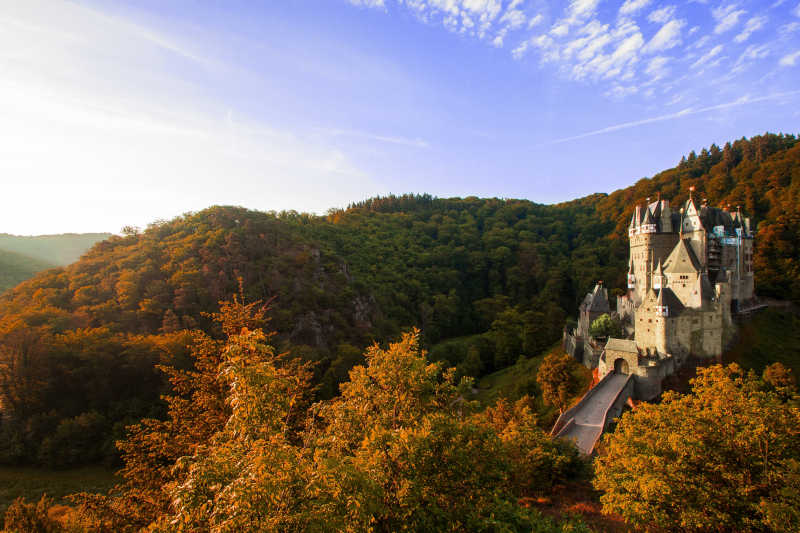
Photo by Pixabay via pexels -
Essay topic: Explorer's adventures - journeys into the unknown.
Answer:
Explorer's adventures, tales of brave individuals setting sail into uncharted territories, are stories that stir our curiosity and fuel our dreams. These intrepid adventurers, with their ships and maps, ventured into the unknown, seeking new lands and discoveries.
Imagine a time when maps were incomplete, and the edges of the world were shrouded in mystery. Explorers, driven by a spirit of adventure, set out on perilous journeys across vast oceans. They faced unknown challenges, from treacherous seas to unfamiliar landscapes, in their quest for new horizons.
The adventures of explorers were fueled by a desire to understand the world and discover what lay beyond the known. Christopher Columbus, a famous explorer, embarked on a journey across the Atlantic Ocean, believing he could find a shorter route to Asia. His expedition led to the discovery of the Americas, changing the course of history.
Other explorers, like Ferdinand Magellan, undertook daring circumnavigation, sailing around the world to unravel its secrets. Their journeys opened up new trade routes, connected distant cultures, and expanded our understanding of the vastness of our planet.
Explorers faced challenges such as harsh weather, unknown diseases, and encounters with indigenous peoples. Despite these hardships, their stories inspire us to embrace the unknown and persevere in the face of adversity.
These adventures had lasting impacts, not only on geography but on cultures, trade, and the exchange of ideas. Explorers' discoveries paved the way for globalization, connecting distant lands and shaping the world we know today.
In conclusion, explorer's adventures were courageous journeys into uncharted territories, driven by a thirst for discovery. Their tales continue to inspire us, reminding us of the importance of curiosity, bravery, and the enduring human spirit that seeks to unravel the mysteries of the world.

Photo by M Venter via pexels 
Photo by Andrea Piacquadio via pexels -
Essay topic: World War I and II: Global conflicts that shaped History.
Answer:
World War I and II, two colossal conflicts that shook the world, are pivotal chapters in history. These wars, though separate in time, share common threads of devastation, resilience, and the reshaping of nations. Picture a world engulfed in turmoil, with countries drawn into widespread battles. World War I, also known as the Great War, erupted in the early 20th century. It involved many nations and was marked by trench warfare and new technologies like tanks and airplanes. The war's causes were complex, involving alliances, territorial disputes, and a web of political tensions.
World War II followed, emerging decades later with even greater intensity. This global conflict saw the rise of powerful leaders, such as Adolf Hitler and Winston Churchill, and witnessed devastating events like the Holocaust. World War II encompassed battles across Europe, Asia, and the Pacific, altering the course of history.
The impact of these wars was profound. Millions of lives were lost, and the world witnessed unprecedented destruction. The aftermath of World War I led to the re-drawing of borders and the League of Nations, an early attempt at international cooperation. However, it couldn't prevent the outbreak of World War II, which prompted the establishment of the United Nations, a global organization aimed at promoting peace and cooperation.
World War I and II are studied not just for their battles but for the lessons they impart. They underscore the importance of diplomacy, international cooperation, and the consequences of unchecked aggression. These wars shaped the geopolitical landscape, influencing the formation of new nations and alliances.
In conclusion, World War I and II were global conflicts that left an indelible mark on history. They were times of hardship, sacrifice, and lessons learned. As we reflect on these wars, we gain insights into the complexities of human interactions and the enduring importance of working towards a more peaceful and cooperative world.
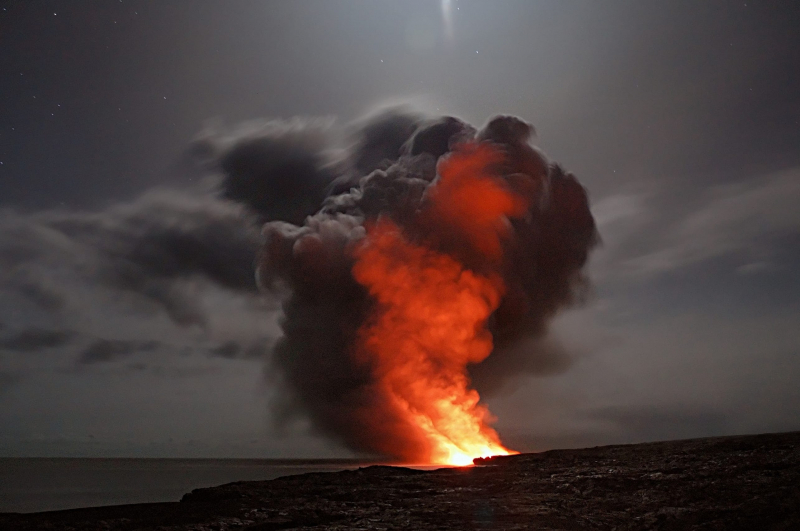
Photo by Pixabay via pexels 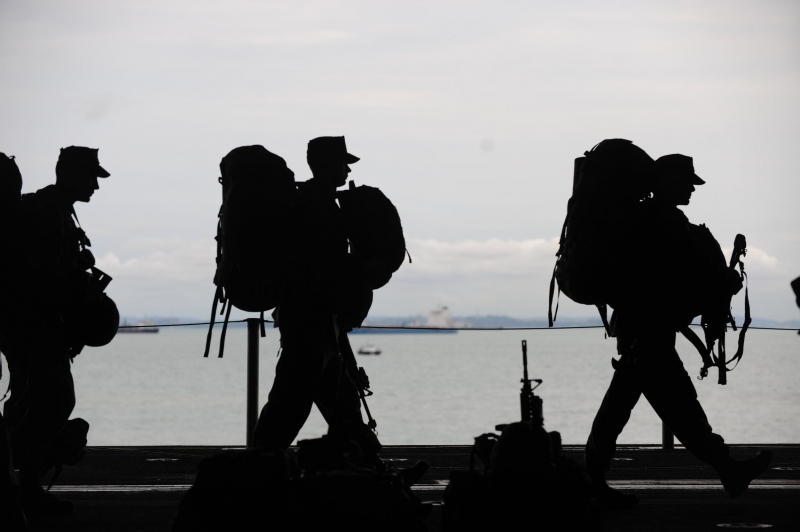
Photo by Pixabay via pexels -
Essay topic: Marvels of Ancient Egypt - Pyramids.
Answer:
The pyramids of ancient Egypt, majestic structures rising from the sandy landscape, are wonders that captivate our imagination. More than just towering monuments, these pyramids tell a tale of ancient engineering and cultural significance.
Imagine a vast desert where colossal structures, shaped like triangular prisms, pierce the sky. The pyramids of Egypt were built thousands of years ago as grand tombs for pharaohs, the rulers of ancient Egypt. These monumental structures were constructed with immense stones, carefully stacked to create the iconic pyramid shape.
The construction of the pyramids involved the hard work of many people. Skilled laborers, using simple tools, quarried massive stones and transported them across the desert. The building process was a remarkable feat of organization and teamwork, showcasing the ingenuity of ancient Egyptian engineers.
The pyramids were more than just tombs; they held a deep cultural significance. Egyptians believed in an afterlife, and the pyramids were designed to safeguard the pharaohs in their journey beyond. The Great Pyramid of Giza, one of the most famous, was built for Pharaoh Khufu and is a testament to the architectural prowess of ancient Egypt.
The pyramids' intricate design included secret chambers and passages, adding to the mystery that surrounds these structures. Inside, precious belongings and artifacts were placed alongside the pharaohs, intended to accompany them into the afterlife.
Today, the pyramids stand as lasting symbols of ancient Egyptian civilization. Tourists from around the world marvel at their grandeur and the mysteries they hold. The pyramids endure as a testament to the craftsmanship and beliefs of a civilization that thrived along the banks of the Nile River.
In conclusion, the pyramids of ancient Egypt are more than colossal structures; they are enduring marvels that reflect the skill, dedication, and spiritual beliefs of a civilization that left an indelible mark on history. These architectural wonders continue to inspire awe and curiosity, inviting us to explore the rich tapestry of ancient Egyptian culture.
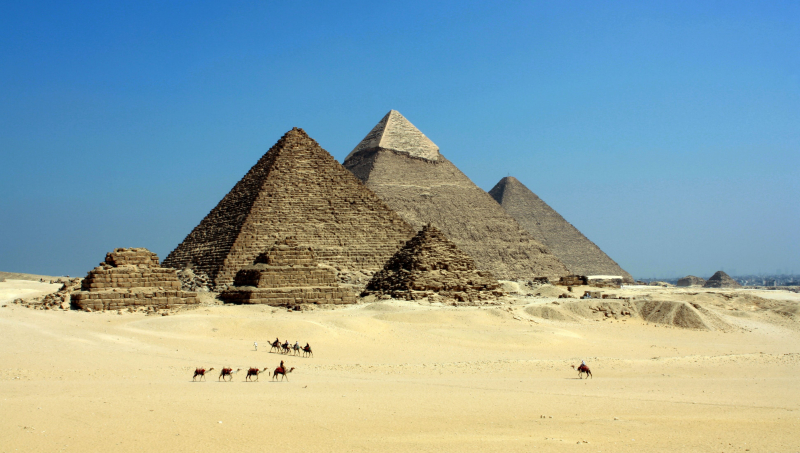
Photo by David McEachan via pexels 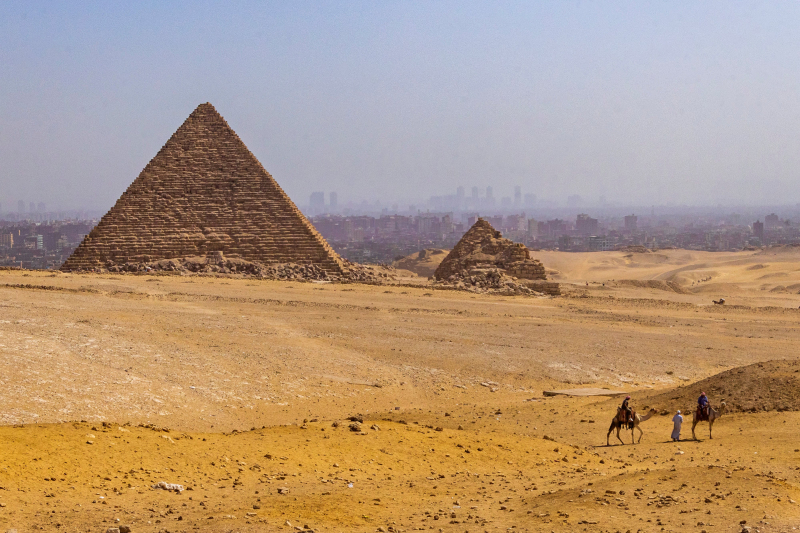
Photo by Denitsa Kireva via pexels -
Essay topic: The Great Wall of China - A Monument of Strength.
Answer:
The Great Wall of China, a colossal structure winding through mountains and deserts, stands as a symbol of strength and resilience. This remarkable wall, built centuries ago, has a story that goes beyond its imposing appearance.
Imagine a wall stretching for thousands of miles, cutting through rugged terrains. The Great Wall of China was constructed to keep invaders away and protect the people within its borders. This colossal barrier was built with bricks and stones, creating a formidable defense against potential threats.
The construction of the Great Wall involved the efforts of many people, including soldiers and laborers. They toiled under the sun, placing each brick with care to ensure the wall's stability. The wall, with its watchtowers and strategic design, served as both a physical barrier and a symbol of the unity and determination of the Chinese people.
The Great Wall is not just a structure; it is a testament to the ingenuity of ancient builders. Along its length, the wall provided a vantage point for soldiers to keep a watchful eye on the horizon. Beacon towers were used to send signals, alerting defenders to potential dangers.
Despite its grandeur, the Great Wall couldn't stop all invasions, but it showcased the resilience and resourcefulness of the people who built it. Today, the wall stands as a reminder of China's rich history and the strength that comes from working together toward a common goal.
In conclusion, the Great Wall of China is more than a physical barrier; it is a monument representing the determination of a people to protect their land. Its story resonates through the ages, illustrating the power of unity and the enduring spirit of those who sought to safeguard their homes from potential threats.
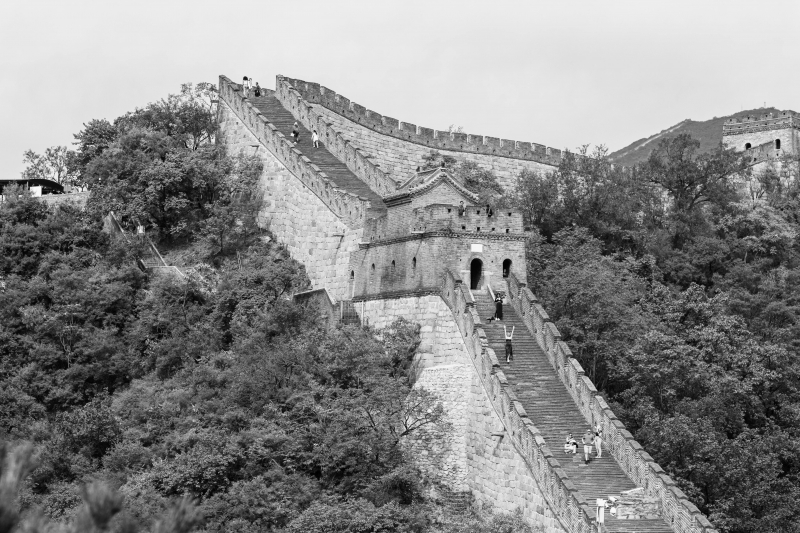
Photo by Yan Zhang via pexels 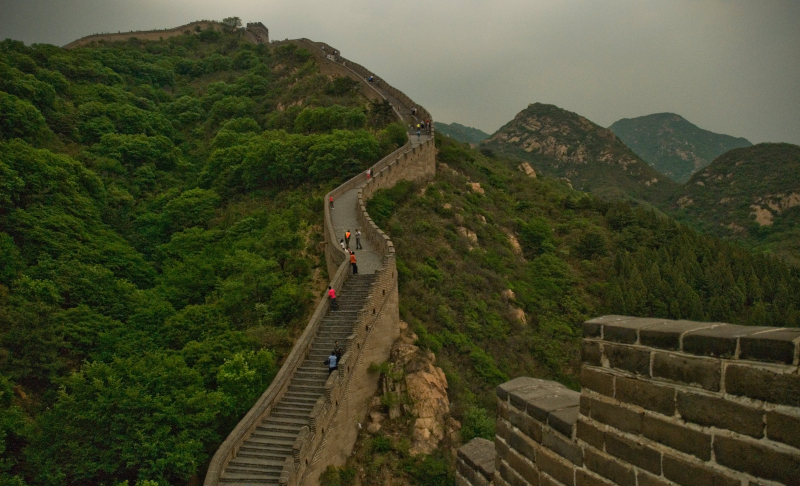
Photo by Tom D'Arby via pexels -
Essay topic: Adventurers of the high seas - Pirates.
Answer:
Pirates, the daring adventurers of the high seas, are often portrayed with eye patches and skull-and-crossbones flags, but there's more to their story than meets the eye. These seafaring individuals, known for their swashbuckling ways, played a unique role in history.
Imagine sailing across vast oceans in search of treasure, and you'll have a glimpse into the world of pirates. These daring sailors roamed the seas on ships, seeking riches and excitement. Pirates weren't always the villains we see in stories; some were sailors who turned to piracy for various reasons.
Pirates were known for their distinctive flags, like the Jolly Roger, and their unique attire, often adorned with tricorn hats and swords. Their appearance was as bold and distinctive as their way of life. Contrary to popular belief, not all pirates were ruthless. Some operated under a code of conduct, creating rules for their crews to maintain order on board.
Treasure maps, buried chests, and tales of hidden loot contribute to the romanticized image of pirates. While some engaged in looting and plundering, others sought adventure and freedom on the open seas. The allure of pirate life extended beyond mere criminality, attracting those who yearned for a life outside the constraints of society. Pirates navigated the vast waters on ships like the famous galleons and sloops, creating legends with their exploits. Their stories have been woven into maritime history, revealing the complexities of life on the high seas.
In conclusion, pirates were more than just thieves of the sea; they were adventurers who carved a unique place in history. While their deeds may have been daring and sometimes ruthless, the world of pirates is a fascinating chapter in maritime tales, filled with treasure hunts, naval battles, and the pursuit of freedom on the vast expanse of the open ocean.
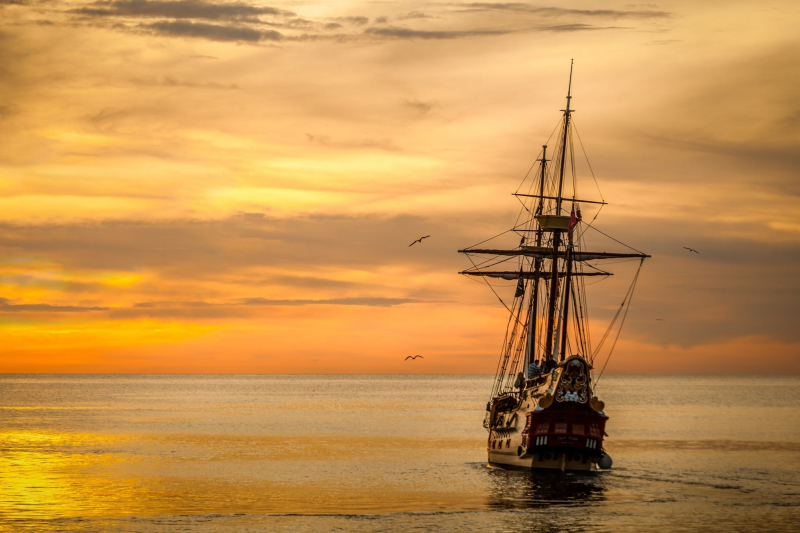
Photo by Pixabay via pexels 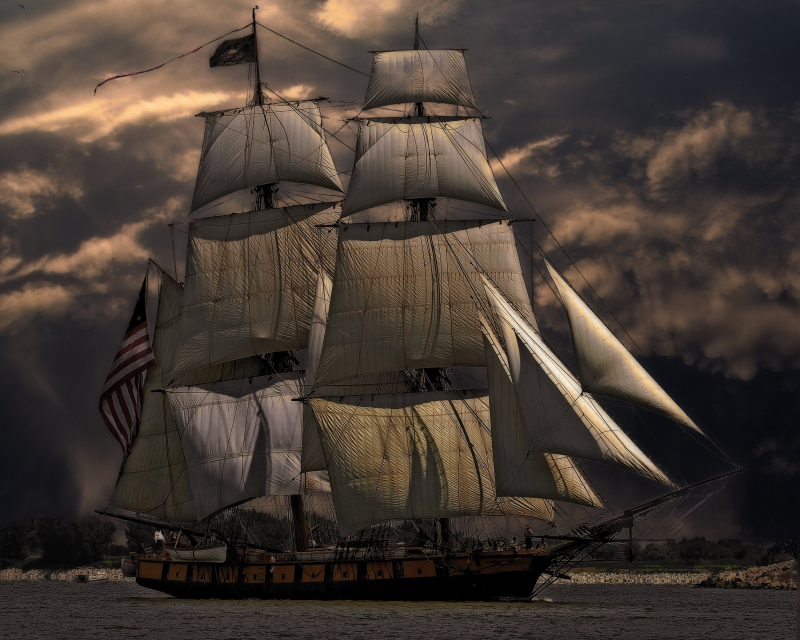
Photo by Pixabay via pexels -
Essay topic: The Silk Road - A path of Trade and Discovery.
Answer:
The Silk Road, a historical journey connecting lands far and wide, tells a tale of trade and exploration. Long ago, this path was more than just a road, it was a gateway for people to exchange goods, ideas, and cultures.
Imagine a vast network of trails and routes winding through deserts, mountains, and plains. This was the Silk Road, a route that linked the East and West, fostering connections between different civilizations. The name "Silk Road" comes from the precious silk, a luxurious fabric, that was traded along this route.
Trade along the Silk Road was not only about goods but also about ideas. People from different lands exchanged knowledge, beliefs, and inventions. The Silk Road became a melting pot of cultures, where diverse traditions and customs blended and thrived.
Camels and caravans were the main modes of transportation on this ancient path. They carried goods like spices, textiles, and ceramics across vast distances. The journey was long and challenging, but the rewards were great, fostering economic growth and cultural exchange.
The Silk Road played a crucial role in connecting the East and West, facilitating the flow of goods and ideas. This path of trade and discovery opened doors to new possibilities and expanded horizons for those who traversed its length.
In conclusion, the Silk Road was not merely a physical route; it was a bridge that connected distant lands. It allowed for the exchange of goods and ideas, shaping the course of history. The Silk Road remains a testament to the power of trade and cultural exchange, illustrating how diverse societies can come together and thrive through connection and understanding.
Photo by ArtHouse Studio via pexels 
Photo by Mihis Alex via pexels -
Essay topic: The tragedy of the Titanic.
Answer:
The Titanic, a colossal vessel from the distant past, sailed into history with a tale that resonates with both grandeur and profound sorrow. Its fame, however, is not one of triumph but of a heart-wrenching tragedy that unfolded on a journey from one destination to another.
Picture the Titanic as a giant floating city, majestic and filled with dreams. Yet, on that fateful day, the ship encountered an enormous iceberg in the frigid waters. The collision was catastrophic, tearing a hole in the Titanic's side, allowing the icy sea to pour in. The ship, believed to be unsinkable, faced a grim reality as it gradually succumbed to the unforgiving ocean.
The Titanic, a symbol of opulence, faced an unforeseen challenge - ice in its path. The water, bitterly cold, posed a formidable obstacle to the survival of those on board. Despite the perceived safety, the ship became a haunting reminder of nature's unpredictability. Tragedy struck further when it became apparent that the Titanic lacked sufficient lifeboats for its many passengers. As the ship sank into the dark abyss, many lives were lost, leaving an indelible mark on history.
In the aftermath of this devastating event, humanity learned valuable lessons. New maritime rules were established to enhance ship safety. Modern vessels now carry an increased number of lifeboats, and our understanding of the potential dangers lurking beneath the water's surface has deepened.
The Titanic, beyond its luxurious exterior, is a somber reminder etched in the annals of history. In classrooms, its story serves as more than a narrative of a bygone era. It stands as a cautionary tale, urging us to navigate life's unpredictable waters with prudence and humility, to remember that even the mightiest can be humbled by the forces of nature. The Titanic, once a symbol of opulence, now echoes with the lessons of tragedy, resilience, and the importance of learning from the past.

Photo by Pixabay via pexels 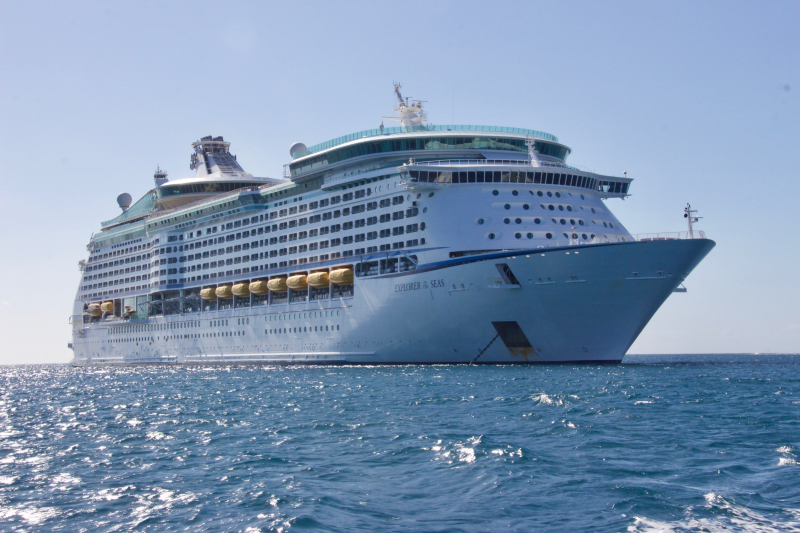
Photo by Matthew Barra via pexels















